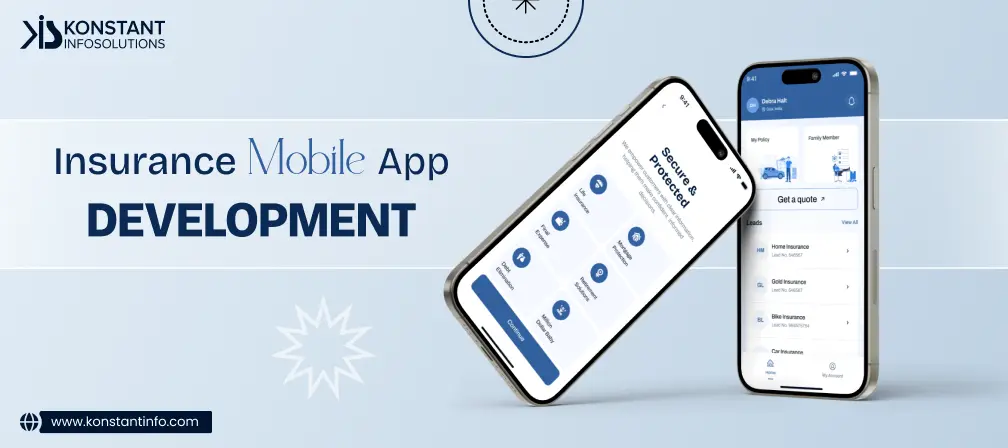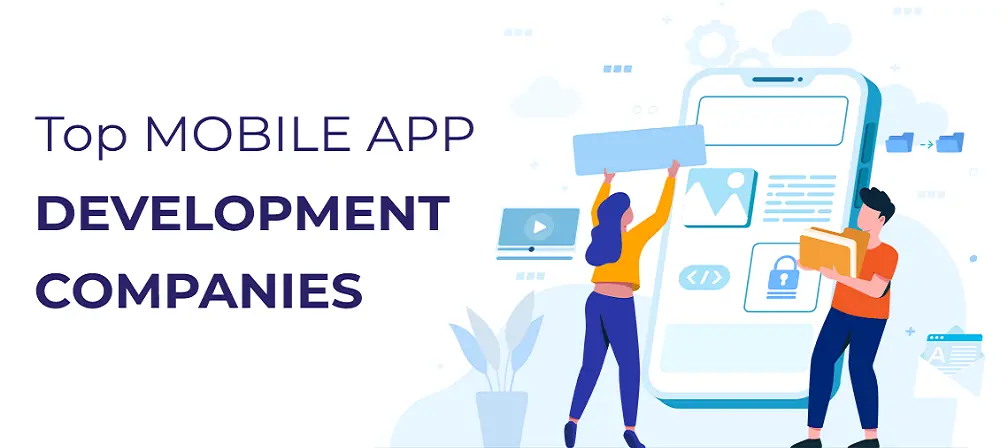
Well you might be developing a new app, your very own idea out of fun, or in a whim with a primary goal to earn revenues, profits and a name for yourself. Building an app is easier than deciding how much to charge or even whether to charge for your mobile app or not? After all, it’s all about finding and stabilizing a right balance between cost to produce, maintenance and how much a user will be interested to pay? Mobile apps are no more just a symbol of web presence; instead they are a business model in themselves. If you have some winning idea in your mind which has great potential and is slated to offer product, services or ideas that not only adds value to customers but also they can spend a few bucks for it, then there is nothing better than rolling you business through a mobile app. Customers, all over the world are increasing their mobile usage and that’s what no one should miss!
Developing and launching an app is quite easy but the money making process is complex and requires strategic thinking and understanding of customers mentality. There are numerous monetizing options for your app and you yourself have to decide which one is the best to shoot up the profit margins for you. Let’s know more on plethora of options you have in your kitty!
Free apps and games do not get well and sound appealing to the developers but in reality it sometimes brings in lots of revenues and your app might get more and more popular in the app market. Free apps are quite popular on the Android platform but most of them feature annoying ads with great frequency, in order to generate some earning for the developers. The free app technique is popular for starters however, once you have reached the threshold, you need to switch it to other level. We will focus on the other three models of monetization as the fourth one falls in the category of absolutely free apps that is not made with a motive of earning money or cost. We will not delve deeper into them and rather look at the three other models:
In-App Advertising: It is a great way to leverage the ongoing revenues. A user will pay once for the app and after that you will keep on getting paid through the hosted advertisements within your app. It might be in the form of pop ups, or side ads. When the user starts using the app, he/she will find banner ads on top, the bottom of the app screen which when touched accrue a certain amount to the developer. However, the key lies in finding the right balance between balancing ads frequency and generating profits. Ads can be annoying leading your app’s way out of the smartphones, ultimately! Moreover, a user always expects a very low frequency of advertisements in paid apps rather than the free apps. So beware and play safe!
It is most popular and fastest monetization technique which works well for all kinds of business. However, the app developer needs to balance the frequency of the advertisements and the content as well. A high number of ads can irritate the users and prompt them to remove the app itself. While on the other side, fewer advertisements hardly make money.
Freemium This method usually offers a limited access to the app showcasing its usual feature and most of the times, asks users to make in app purchases for full exploration. The unlocking of full app can be made creative by app developers prompting the users to upgrade the app as soon as it has been installed. Offering to taste what actually the app offers, the free apps along with paid features is one of the best ways to go with.
Those apps that are downloaded and installed for free but work in different ways:
> Restricted access for free users and when the user will pay, he will get premium features and advanced functionalities.
> Free for few day usages and the user can enjoy full utility. When he will be used to it, ask him to pay for further usage.
> Freemium apps that is free of cost with built-in advertisements. They charge a small amount while upgrading to an advertisement free app. This approach is highly appreciated.
Freemium apps allow users to have hands on experience on functionalities first. However, if you have type 1 model then you need to strike a balance which features you need to offer for free and which one to be charged. Strike a balance that doesn’t dissuade either from paying or using the app.
In-app Purchases For the businesses, that sell goods, whether real or virtual, this model is best suited. It can be home purchases, restaurant, online shopping, recharge etc. This pricing model is highly popular for such cases and almost 80% of the app store revenues of Apple come via this model. An important prerequisite for such models is that you have to provide a full view to all the features before the app download. This helps to see the value and adds value to user experience. You also must ensure that your in-app purchase is something extraordinary. Even if you have some usual online store app that offers a third party services to the customers, you need to make it smart enough to be used on regular basis. Games and online shopping apps are a classy example of the same and no one bother to pay a little amount for their own needs which help you to earn commissions.
The pricing model strongly depends on the business model as well as idea and considerations. Your strategic planning is utmost an influential factor as well! Mix and match some options and points and you can also come with a hybrid model of the above-mentioned model and launch the app as a combination of all. However, take into consideration all the important factors, as it will determine whether the app going to be buried or become a success. Once success, it will create a huge source of income for you and your idea. The key to pricing lies in identifying the link between functionality and what is reasonable according to the users. You can experiment and tap the results via reviews and rating or the installation rate. Most importantly, rely not on the initial sales and installation for the revenues.



Vipin Jain is the Co-Founder and CEO at Konstant Infosolutions and is in charge of marketing, project management, administration and R&D at the company. With his marketing background, Vipin Jain has developed and honed the company’s vision, corporate structure & initiatives and its goals, and brought the company into the current era of success.
Or send us an email at: [email protected]